The process with the somewhat cumbersome title of “method for cutting gear wheels using a cutting tool similar to a gear wheel with cutting edges on the faces of the teeth” in the patent application more than 100 years ago has matured into one of the most economical gear cutting technologies around – power skiving.
The inventor, Julius Wilhelm von Pittler, intended to use it to make rings with internal gearing. Yet it was only with the technological accomplishments of the 21st century that PITTLER T&S GmbH were able to realise gear cutting machines on the basis of the PV series for the efficient production of ring gears, for example. All those years ago, Julius Wilhelm von Pittler was forced to link all machine movements mechanically. It wasn‘t until intelligent software and a computer-controlled numeric control came along that it was possible to move the five axes extremely precisely and synchronously to one another in an interpolating way. Developments in the tool segment such as more sturdy powder and carbide alloys as well as high-performance coating for tools also played their part. Due to a lack of efficient production technology for internal gearing, spur gears and external gearing became established in drive engineering in the course of the last 100 years. In the field of internal gearing production, the methods shaping and broaching were the order of the day. Yet this has all changed thanks to the latest developments in the field of power skiving technology. This technology allows manufacturers to get round the disadvantages of the competing processes and benefit from increased flexibility and higher output at the same time.
Production of internal and external gearing in one clamping
Unlike shaping, power skiving is a continual hobbing manufacturing process which avoids the unproductive stroke and removal movement. The advantage: machining time is reduced by at least the factor 3. In addition, power skiving is much more flexible than broaching, because the machine operator can configure the dimensions such as the two-ball dimension using the NC control. Helix angle and the flank shape can also be modified using the NC control. The high adaptive capacity becomes clear when it is born in mind that gearing can be cut both internally and externally. In the case of external gearing, the technologies of power skiving and hobbing are competing more and more often. Since significantly less space is required for the tool outlet for power skiving, the technology is opening up new possibilities for designing cost-saving gearbox components. Even workpieces with constraining contours can be produced efficiently using the power skiving method.
Power skiving has obious advantages
In the past, critics claimed that power skiving was less productive than hobbing. This claim cannot be generalised, however. Because in an optimised process, the main times and tool costs are by all means comparable. During broaching, component quality is determined mainly by the tool geometry of the broach, and can thus not be influenced during the machining process. The high costs of the tools, set-up, treatment and storage of the broaches is another disadvantage.
Tool change saves costs
With the PV range, PITTLER T&S offers a whole series of machines using power skiving technology. This covers the whole workpiece diameter range from 30 to 1250 mm. All the machines have 5 axes and a tool magazine for simple and fast tool change. Alongside the pure tool management of different skiving wheels, the tool change includes tactile measuring sensors and other metal-cutting tools. This allows the cutting process to be divided into roughing and finishing. A roughing tool with standard indexable inserts removes more than 90% of the material. This goes decidedly easy on the finishing tool, which creates the involute contour and results in lower tool costs. A further advantage of the tool magazine of the PITTLER PV range is the complete machining option for workpieces. This means procurement and transport to other machines is no longer required. Reclamping faults are avoided. Further advantages: processing and delivery times are speeded up, the complexity of workpiece handling is reduced, intermediate storage is not required and manufacturing structures are flexible rather than rigid.
Economic production of crowned tooth flanks
Unlike the methods already described, power skiving influences the straightness of the tooth flanks. If both flanks are cut offset, the result is crowned tooth flanks. This allows the contour to be corrected on the one hand, and new geometries to be created on the other. This cannot be done more efficiently by any other other manufacturing method.
Simplified user interface
The power skiving machines from PITTLER T&S are all constructed with the very latest control technology on the basis of Siemens 840D SL. This allows the machine to be used as a 5-axis machining centre with ShopMill. In addition, a suitable post-processor makes free-form surfaces with milling possible. The company, based in southern Hesse, equips the machines with a special user interface for power skiving. This allows an employee with basic knowledge to produce gearing. The NC program is generated automatically. The data is requested with the aid of a graphic interface. The data is also transferred to an automatic measuring program which checks the quality of the gearing. This means the measuring sensor can measure the result directly after machining. It does not replace a gearing measuring machine, but does provide a first quick check of the quality achieved and is thus an important aid during process run-in.
Clamping technology with DVS system
Concentricity is essential for component quality, particularly where thin-walled ring gears are being machined. This is why PITTLER T&S got together with SWS Spannwerkzeuge GmbH, an associated company within the DVS TECHNOLOGY GROUP, to develop a special diaphragm chuck as well as special chucks using the hydro expansion principle for this application. This DVS system solution permits sensitive clamping without warping the component.

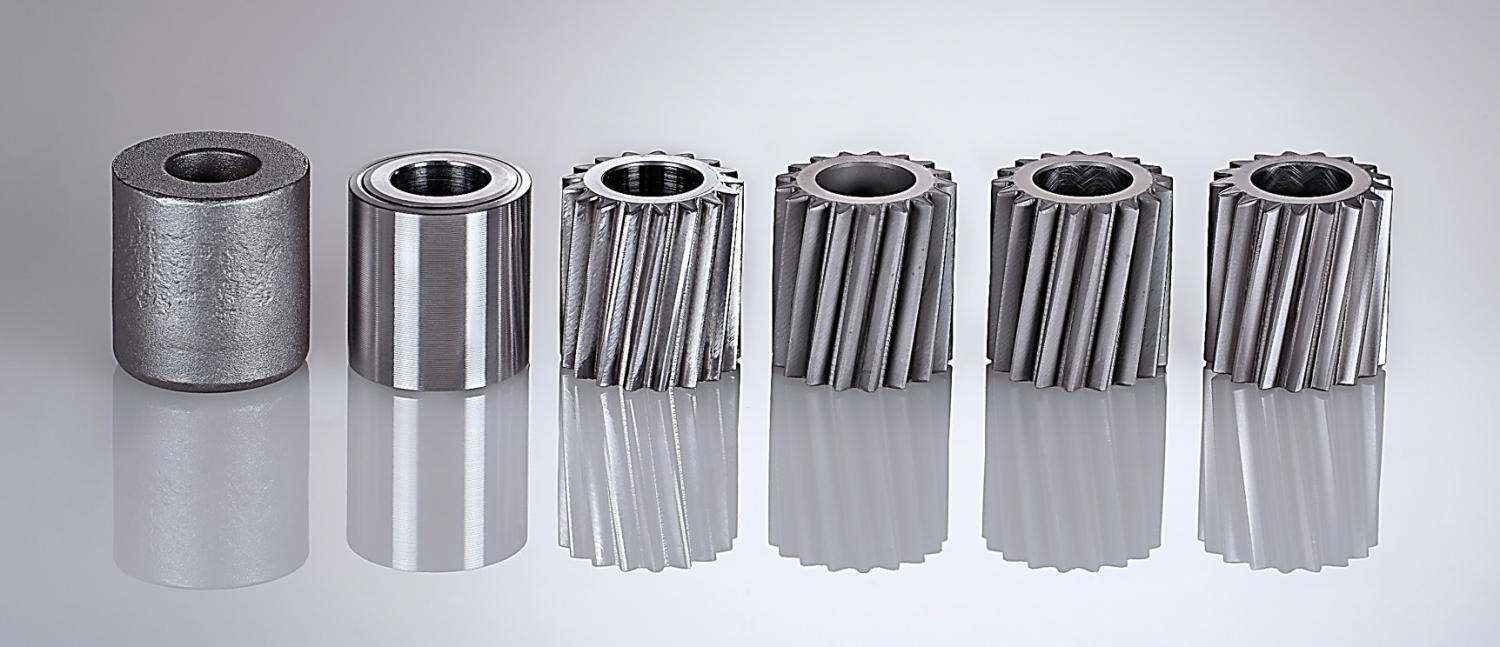

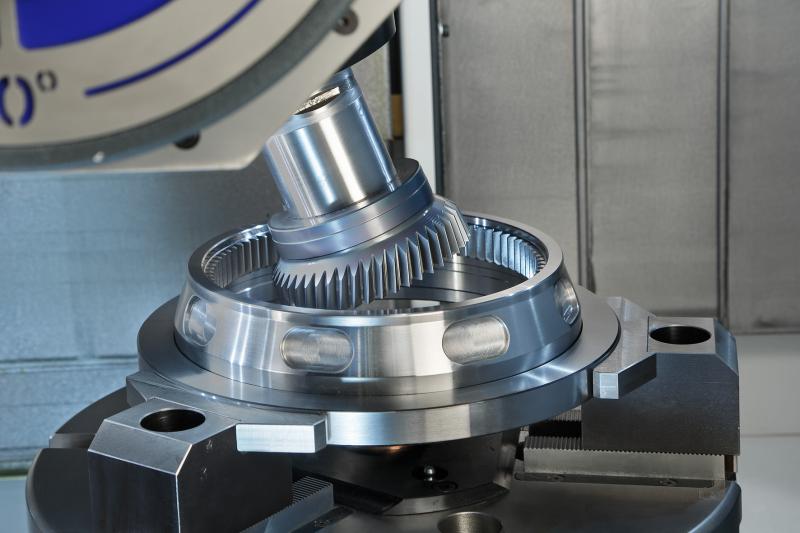
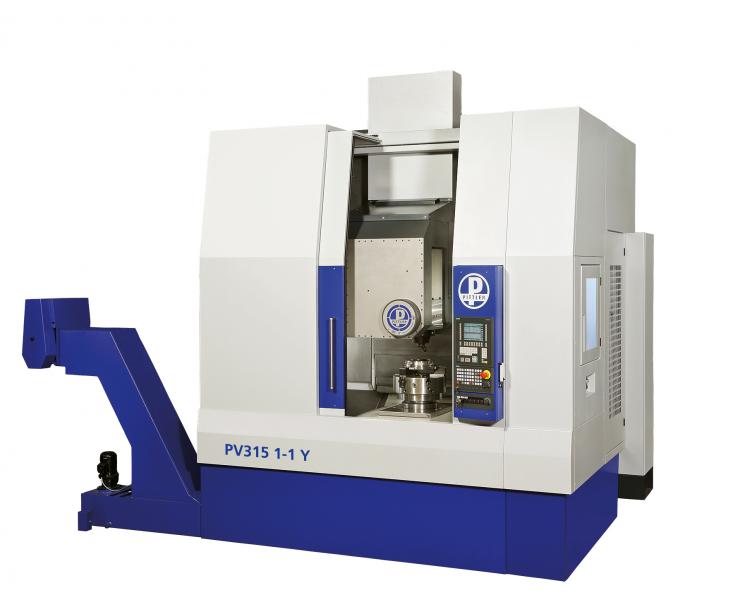
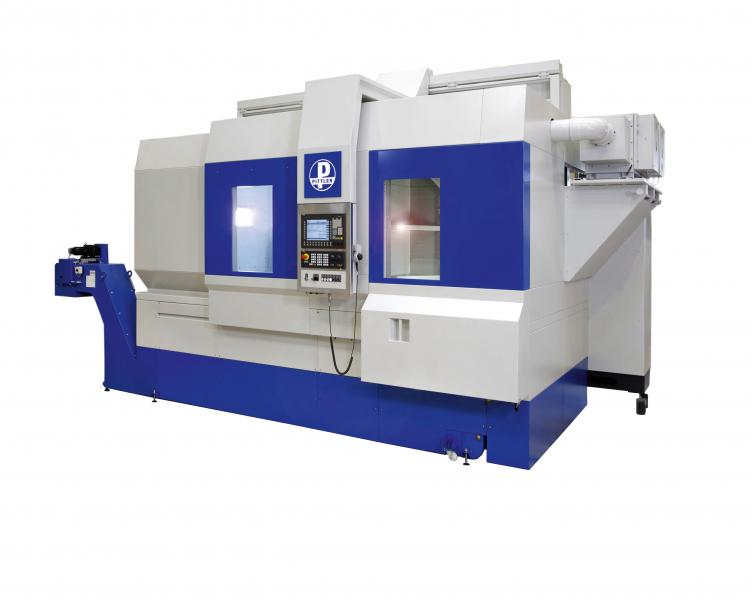
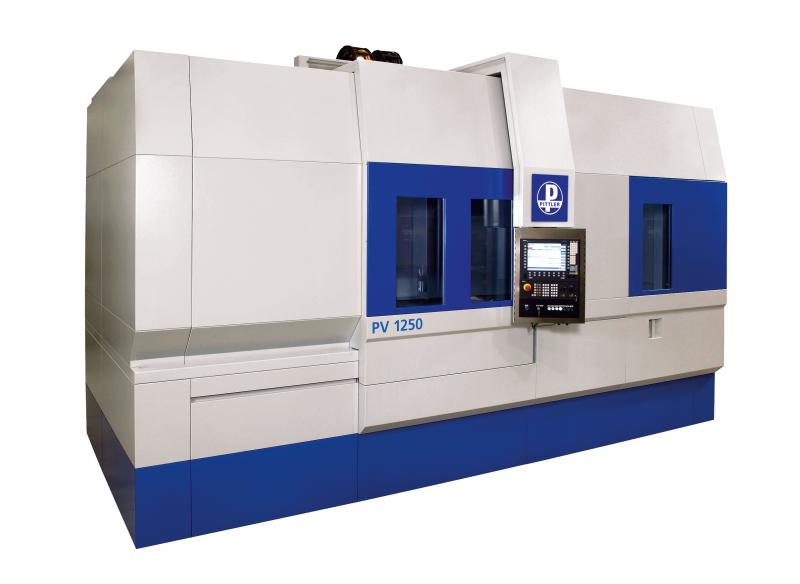
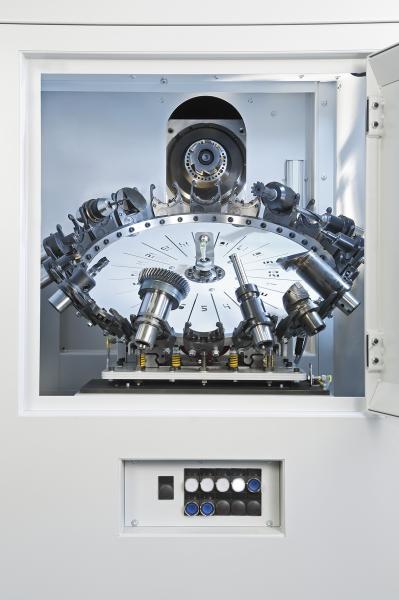
 Germany
Germany 